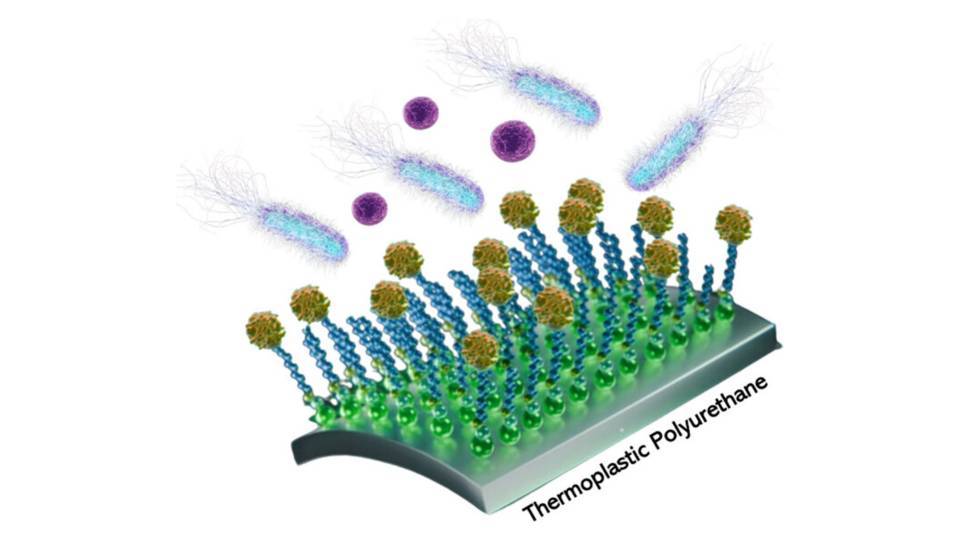Huntington’s disease is a rare hereditary neurodegenerative disease that usually manifests itself in individuals between the ages of 30 and 50. The disorder is characterised by the appearance of motor, cognitive and psychiatric symptoms that significantly affect patients’ daily lives. Motor and cognitive manifestations have traditionally been associated with dysfunction of the corticobasal circuits. However, it is now known that neurodegeneration gradually spreads to other structures of the brain such as the hippocampus, a very important region for learning, memory and spatial orientation.
“In this area of the brain, it seems that certain chemical modifications in the messenger RNA, a molecule that contains the genetic information needed to synthesize proteins, impacts the expression of genes involved in memory processes. Our aim was to identify these RNA alterations and to confirm the role they play in the appearance of cognitive deficits in an animal model of Huntington’s disease,” says Verónica Brito, leader of the study published in the journal Cellular and Molecular Life Science, member of the IDIBAPS Pathophysiology and treatment of neurodegenerative disorders research group, led by Jordi Alberch, and assistant professor at the University of Barcelona.
The research team focused on studying the modification of the messenger RNA known as m6A, the most abundant in the mammalian brain. “m6A is an epigenetic mark that consists of the incorporation of a methyl group into the genetic material. This modification acts as a kind of switch that controls gene expression, as it regulates the destination and function of the messenger RNAs,” says the researcher. “Analysis of hippocampal samples from mice used as a model of the disease shows changes in the levels of methylation of messenger RNAs related to different pathogenic mechanisms of Huntington’s disease. These were, in the main, those involved in the dysfunction of neuronal synapses, both before and after the onset of symptoms”.
The results of the study also show that, after cognitive training, there is an abnormal loss of m6A methyl groups in the hippocampus of the animals in genes essential for the organization of synapses. “This may be the reason for the cognitive deficits caused by the disease, because if we restore the methylation pattern through genetic manipulation, the alterations in spatial memory and recognition improve,” declares Anika Pupak, first author of the study. “Accordingly, our research shows that the m6A marks of the messenger RNA form a new signature of post-transcriptional modifications that play a key role in both genetic dysregulation and the onset of cognitive deficits in Huntington’s disease”, concludes says Sílvia Ginés, professor at the University of Barcelona and co-leader of the research. Both, Pupak and Ginés are also members of Jordi Alberch’s research group.

The study, whose participants also include researchers from the University of Aarhus, coordinated by Ulf Andersson Vang Ørom, has received funding from the Spanish Ministry of Economy and Competitiveness. In addition, Anika Pupak is a beneficiary of the Generalitat de Catalunya doctoral program grant 2018FI_B_00487.
A grant awarded in 2021, to Veronica Brito by the Hereditary Disease Foundation has enabled the researchers to continue this line of research. In the frame of the new project, the team is now analyzing the RNA methylation pattern of mutant huntingtin, which produces a protein characterized by a higher number of glutamine amino acid repeats, that promotes neurodegeneration and causes Huntington’s disease. The aim is to explore possible genetic therapies to reduce the production of this toxic protein.
Reference article
Pupak A, Singh A, Sancho-Balsells A, Alcalá-Vida R, Espina M, Giralt A, Martí E, Ørom UAV, Ginés S, Brito V. Altered m6A RNA methylation contributes to hippocampal memory deficits in Huntington’s disease mice. Cell Mol Life Sci. 2022 Jul 11;79(8):416. doi: 10.1007/s00018-022-04444-6. PMID: 35819730; PMCID: PMC9276730.




